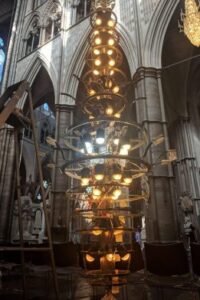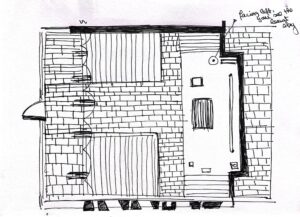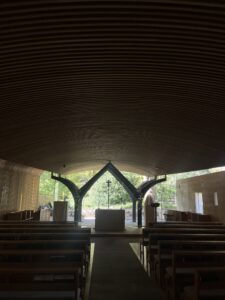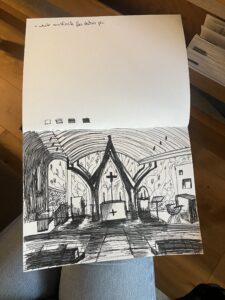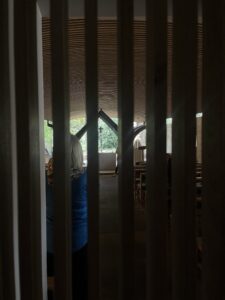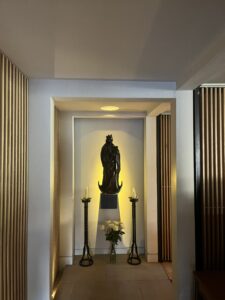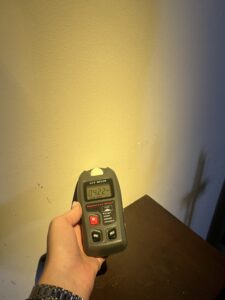Last Friday, we went on a site visit to the St Albert Chaplaincy . The space is a beautiful architectural piece which combines simplicity with spirituality. The lack of ornaments does not take away from how special the place feels. Upon our visit, we drew different sketches of areas that stood out in terms of light distribution, we measured the light factor in the most lit areas and the darkest ones and we observed the various ways in which both natural and artificial light can be used.
Upon my visit at Westminster Abbey a few weeks ago, I completed a list of different factors that resulted in a successful church lighting project. Stoane Lighting was in charge of the project and we were lucky enough to visit their offices outside Edinburgh. Therefore, I will examine the quintessential factors that must be considered when it comes to using lights in a grand space.
- LOCATION:
- Placing lights over the seating area is important to allow members to read along easily. In order to provide an even distribution of light, they need to be spaced out evenly and in relation to windows or other existing natural lighting elements.
- THE ARCHITECTURE OF THE SPACE:
- Good architectural lighting design will show off the structure itself to give it a decorative look, while providing plenty of indirect light, outlining the skeleton, overall structure of the building.
- ACCENT LIGHTING FOR CERTAIN KEY AREAS:
- Altar, Dome, Choir Stage, Seats, Main Hall
- Spot lights or Sconce lights are preferred
- LIGHTING MEASUREMENTS:
- Temperatures between 3000k and 3300k are warm and comforting while still being bright enough to easily see.
- Cool lights, such as 4000k lights, may also be preferred on stages, as they provide a more flattering skin tone.
Analysing the chandeliers designed by Stoane Lighting for Westminster Abbey:
”Working closely with Speirs Major, the task was to refurbish the lighting within the 3m high Waterford Crystal chandeliers, that were donated in 1965 by the Guinness family to mark the 900th anniversary of the founding of the Abbey. Each chandelier comprises around 500 individual parts with glass pieces and drops shaped by hand. At the time they each hosted 56 LED retrofit lamps that were deemed to be well below par.”
How was it made?- 56 LED modules were produced for each of the sixteen chandeliers with a silicone optic offering a ~340º omnidirectional decorative beam. . The colour temperature ranges from 1650K – 8000K and is controlled wirelessly using DMX that can adjust the module intensity, colour, saturation and hue. The tiers are controlled separately so that both the colour and brightness of each tier within a pendant is tuneable.
Sources: Fig1,2,3- Westminster Chandelier and LED module- www.stoanelighting.com.uk
www.stoanelighting.com
King, Laurence. (1972) Lighting and wiring of churches : recommendations and conditions / [prepared by Laurence King … et al.]. Revised edition. London: Church Information Office.
Kyba, C. C. M. et al. (2018) Reducing the environmental footprint of church lighting: matching façade shape and lowering luminance with the EcoSky LED. International journal of sustainable lighting (Online). [Online] 20 (1), 1-.
Marks, Brian. (1994) Heat and light : a practical guide to energy conservation in church buildings / Brian Marks; with chapters by Ian G. Hanna. Edinburgh: Saint Andrew Press.
Site Visit Sketches and Photos- taken by me (Daria)
